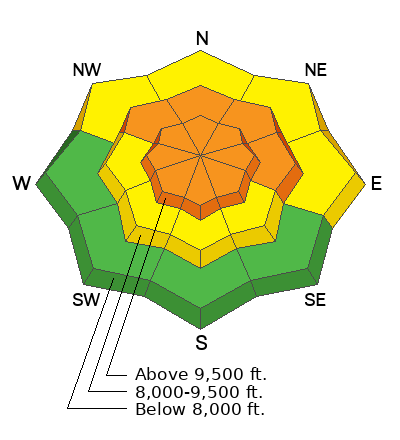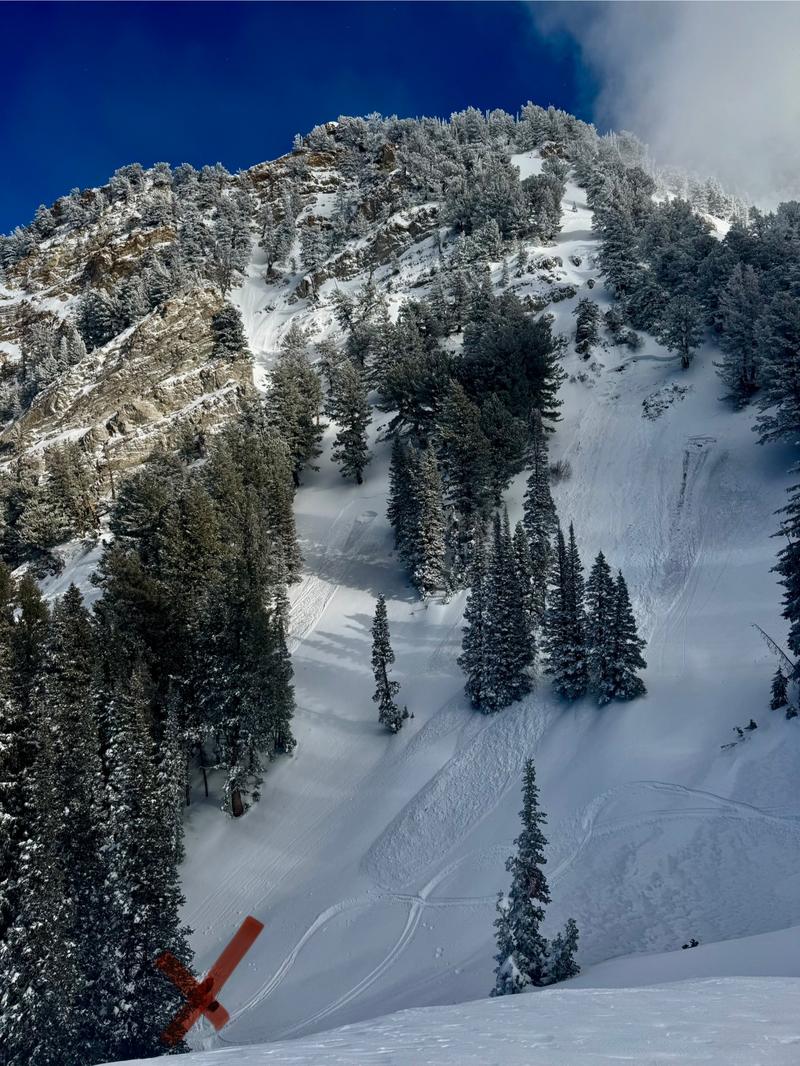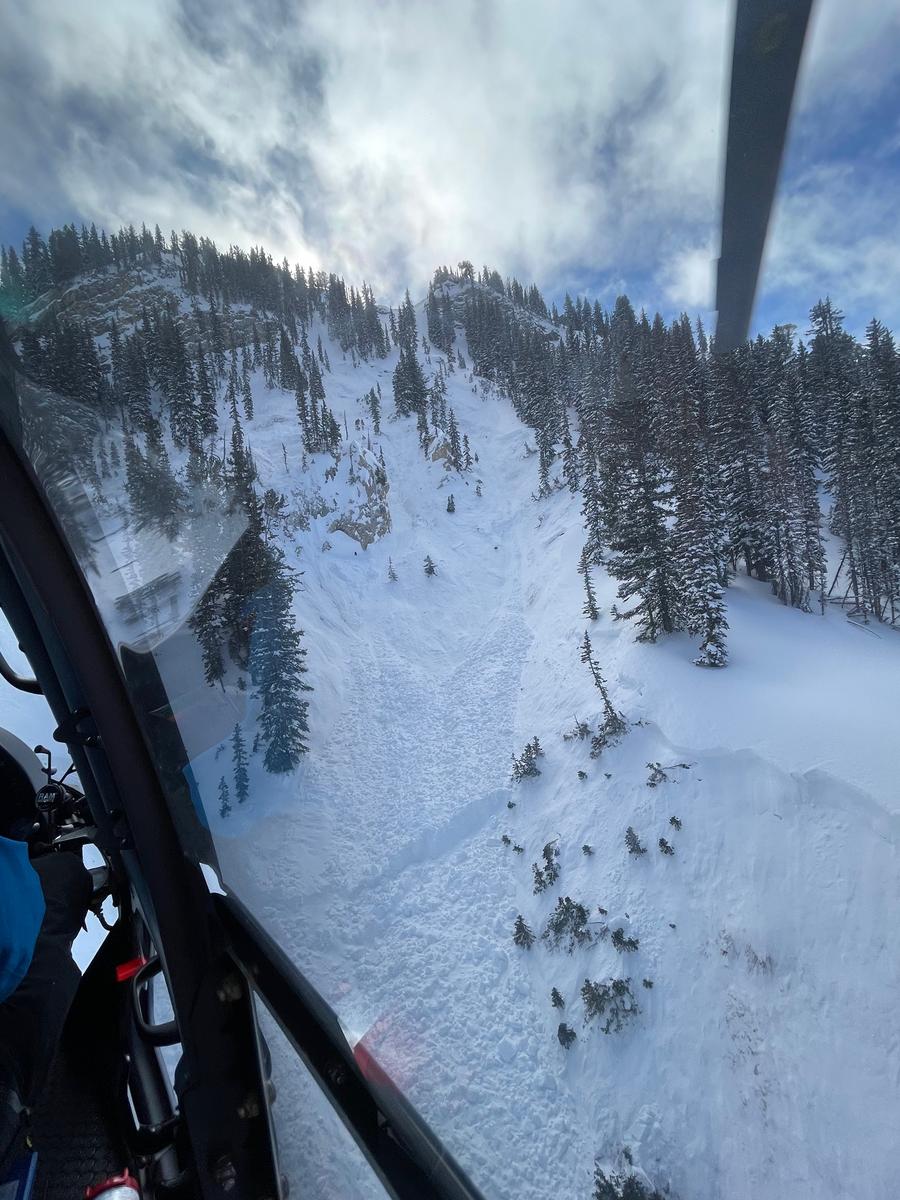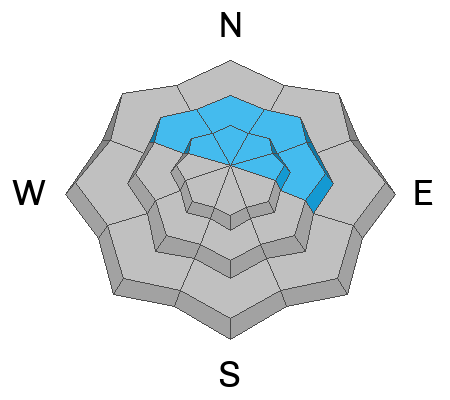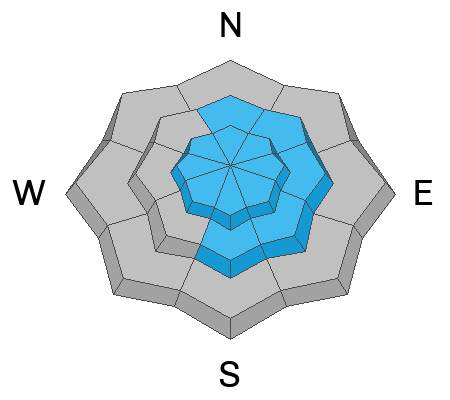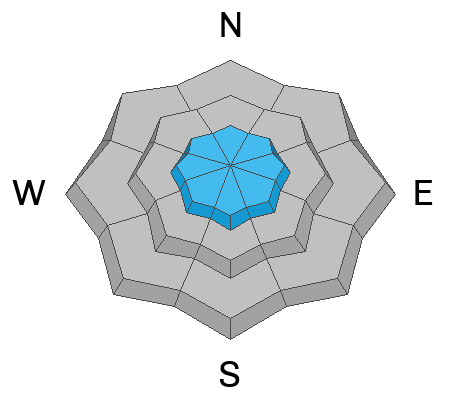We are deeply saddened to confirm two avalanche fatalities. The first involved a 38 year old man in Main Porter Fork of Mill Creek Canyon who went missing on Saturday. The second avalanche fatality occurred Tuesday that involved a 54 year old man off Davenport Hill into Silver Fork of BCC. Both individuals were traveling alone in the backcountry. Our condolences go out to to the family and friends of the victims.
Many thanks to those who responded to these accidents: search and rescue teams from AirMed, LifeFlight, Utah Dept Public Safety, Utah Department of Transportation, Salt Lake County Search and Rescue, Wasatch Backcountry Rescue, Alta Ski Area, and members of the Utah Avalanche Center.
We call these "Warm fronts"..."Warm air advection"...With a little bit of lift in the atmosphere, we get heavy dense snow becoming denser with the storm, rising temperatures, wind and maybe some rime to cap things off. It's a storm only a mother could love. As of 6am, the Provo mountains have just picked up 2-4" of heavy dense snow with rain at the lower elevations.
Mountain temperatures are rising and are in the upper 20s to low 30s. Winds are blowing from the west northwest, blowing 15-20mph with gusts to 30. Along the highest ridgelines, winds are averaging 35-40mph with gusts to 65. Yuk.
Snowfall and wind should start to taper off by late morning and we may squeeze another trace to 2" before it's all said and done. Winds will blow 15-20mph from the west-northwest. Mountain temperatures will be in the upper 20s rising to the mid to upper 30s overnight(!) A brief and transitory shortwave ridge builds in tonight into tomorrow to bring clearing overnight into Friday. Temperatures remain warm tomorrow ahead of Saturday's cold front. "Storms" are on tap Saturday, Sunday, and possibly early week. None of them look like blockbusters, but they'll add up to something.
Skiing and riding conditions today will be variable: areas of surfy graupel, areas with wavy wind drifts, areas of cakey upside down snow.
We did not hear of any avalanches in the Provo mountains yesterday, but there were many sighted or triggered on Tuesday, especially as you work back around toward the Ant Knolls area of Snake Creek.
From Tuesday in the Salt Lake and Provo area mountains: there were another ten avalanches triggered in the backcountry, including the fatality on north facing Davenport Hill into Silver Fork.
The list includes Butler Basin, Meadow Chutes, Lavina Creek, Ant Knolls, Little Water, Summit Park, Sheep Shit Ridge, Lackawaxen, Murdock Peak, and Davenport. These were 2-4 feet deep and 200 feet wide on generally north through east facing aspects at 9500' or so. Nearly all were triggered from a distance. This pushes our totals to just over 50 reported avalanches since Friday now failing on our old weak persistent weak layer (PWL) of faceted snow from early season.
For all recent observations, click
HERE 
